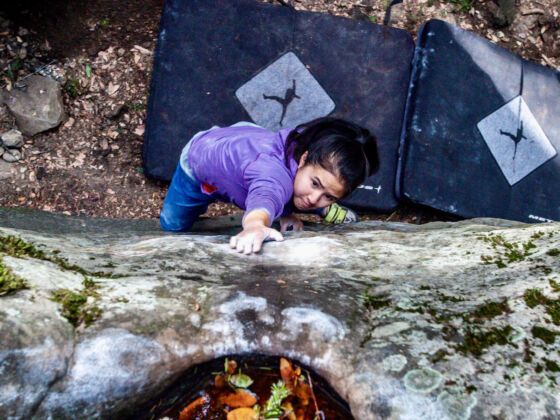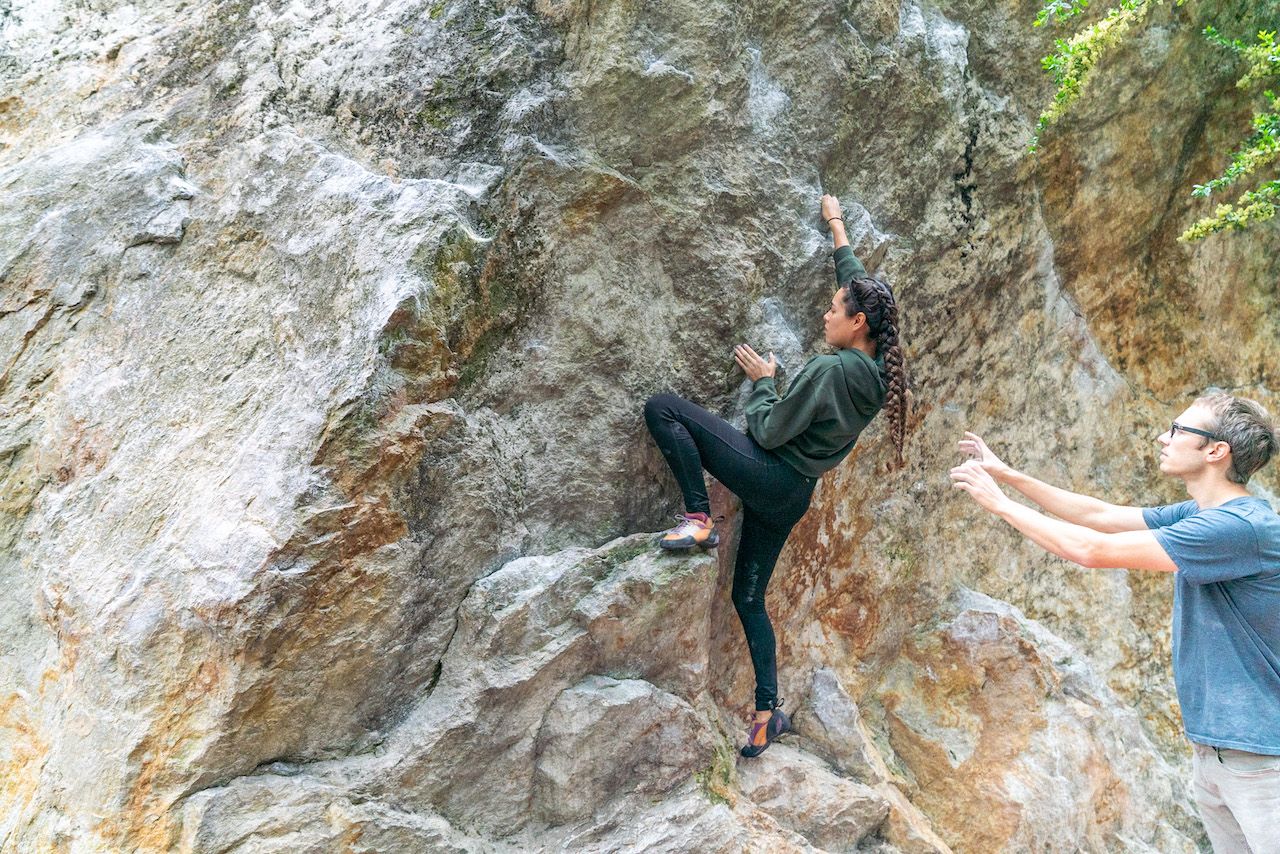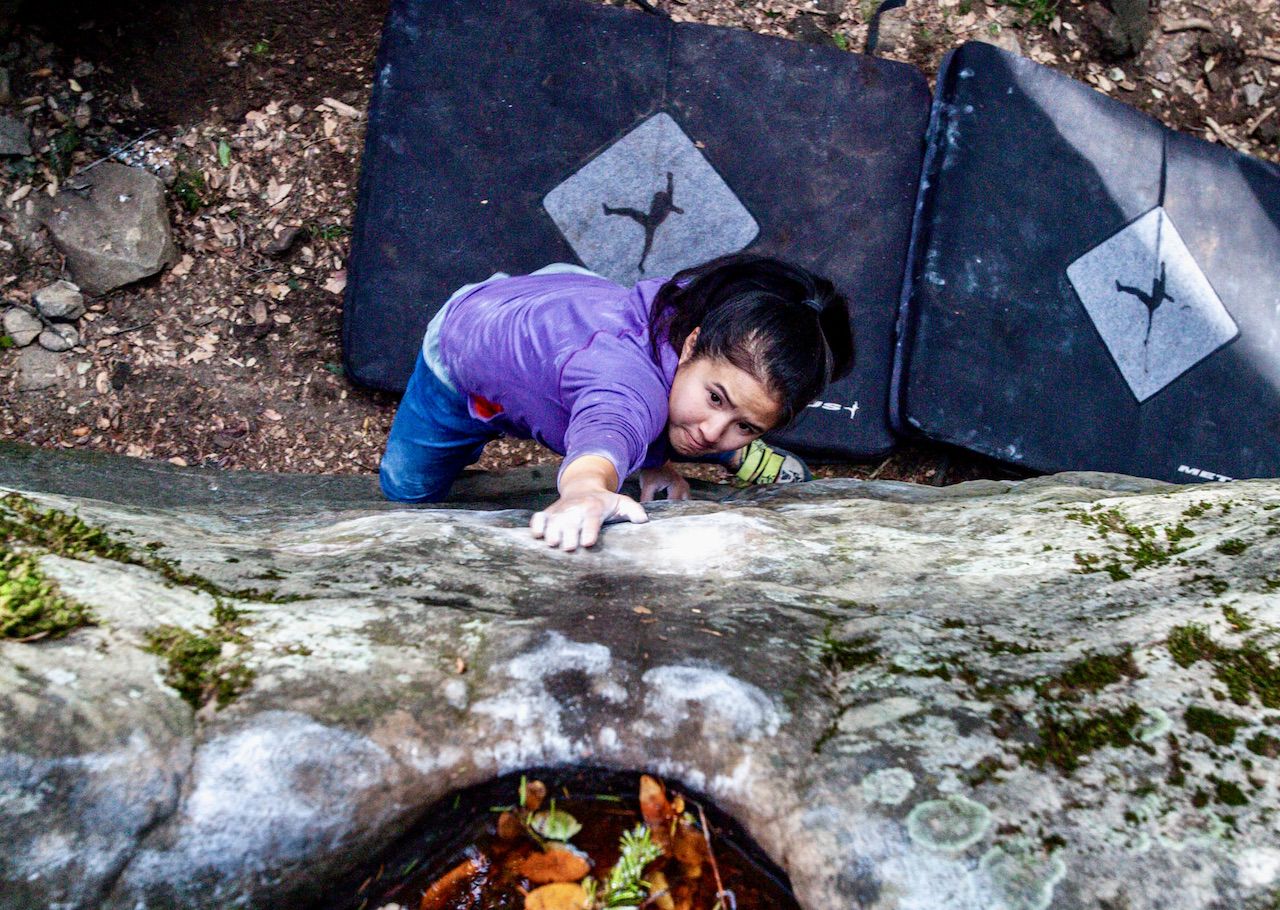When people think of San Francisco, they think of the Golden Gate Bridge, sourdough, and Fernet. The city isn’t often thought of as an adventure destination — especially with Yosemite and Lake Tahoe so close by — but the San Francisco Bay Area holds adventure in its own right, and not just the foodie kind.
While it’s common for climbers to drive a minimum of three hours every single weekend in search of rocks, there’s rock climbing year round right in or next to San Francisco. In fact, elite professional climbers like Chris Sharma cut their teeth on the crags in and out of the Bay. So don’t sleep on San Francisco climbing. With plenty of climbing locations within and around the city, you can get out for a few hours or a full day, and still be back to enjoy all the fun evening activities associated with being in a large urban area.
A quick note: The Bay Area crags listed below can largely be navigated with Mountain Project. If you prefer physical copies of topo maps and routes, the best books are Bay Area Rock by Chris Summit and Bay Area Bouldering from SuperTopo.





